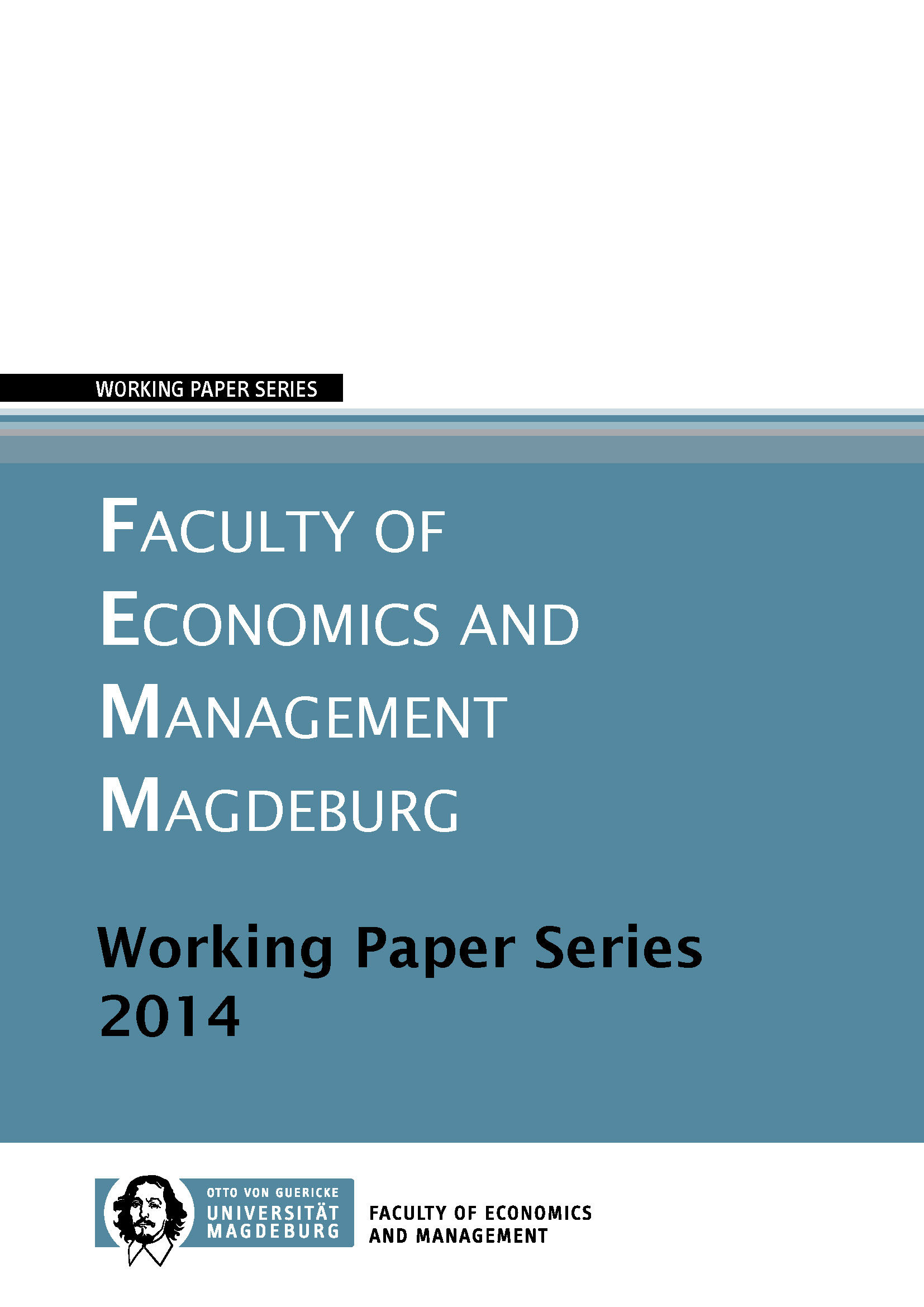The British Low-Wage Sector and the Employment Prospects of the Unemployed
DOI:
https://doi.org/10.24352/UB.OVGU-2018-520Schlagworte:
low-pay dynamics, simulated correlated multivariate random effects probit model, state dependence, unobserved heterogeneityAbstract
Are low wages an instrument for the unemployed to switch to high-paying jobs within a medium-term period? Using data from the British Household Panel Survey (BHPS), the labor market dynamics of men are analyzed up to six years after entering unemployment. An alternative econometric approach is presented that allows for correlated random effects between the three labor market states (high-paid employed, low-paid employed and unemployed). The results show that low wages help to significantly reduce the risk of future unemployment. Indications of a “springboard effect” of low wages are found, especially for men without post-secondary education. However, the calculated probability of obtaining a high-paying job is noticeably influenced by the monetary level of the low-wage threshold.


